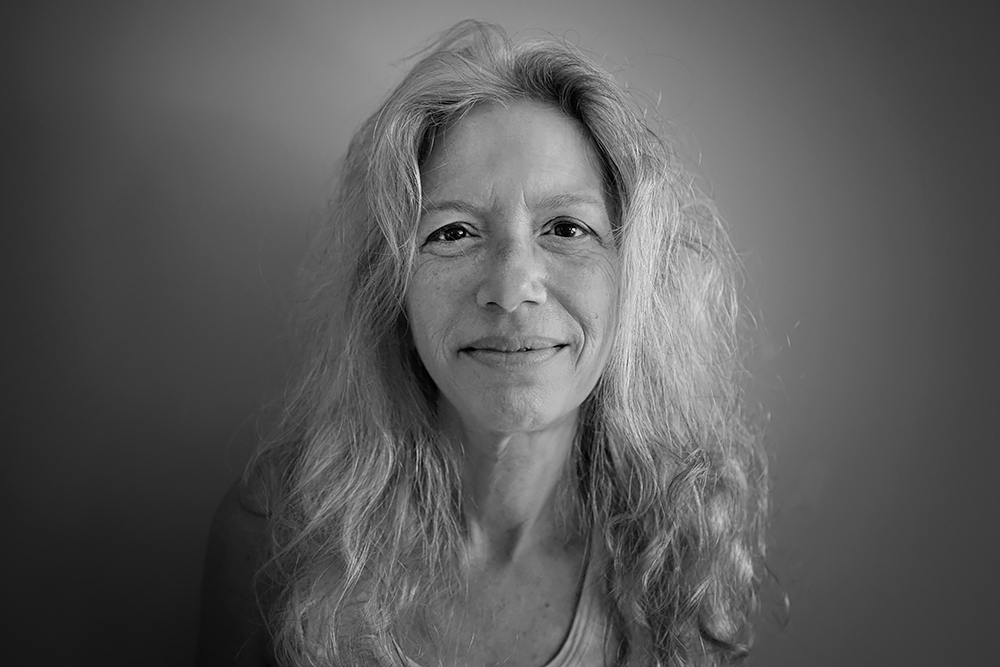My name is Orna Naor, a street and documentary photographer from Tel Aviv. In my work, I focus on human moments and gestures, touches, and looks. I shot around the world; Everywhere I try to show the faces of people, wherever they are; whether it's about different ceremonies, different cultures, and places, in everyday life and on holidays - human faces are revealed.
At the same time as street photography, I focused in recent years on documentary series photography. In all these projects, my goal is one - to regain humanity to humanity. And if one picture touches one person - I'm glad.
My works are shown in exhibitions in Israel and around the world (Local Testimony, Tel Aviv Sea, Israel Photography Festival, Miami Street Festival, Streets Sans Frontieres, London Street Festival, EinZweiBlicke, and others) and were published in a variety of magazines and newspapers ("Haaretz" blog, L'Arch Magazine, Lens Magazine, 50 shades of black, and others)
